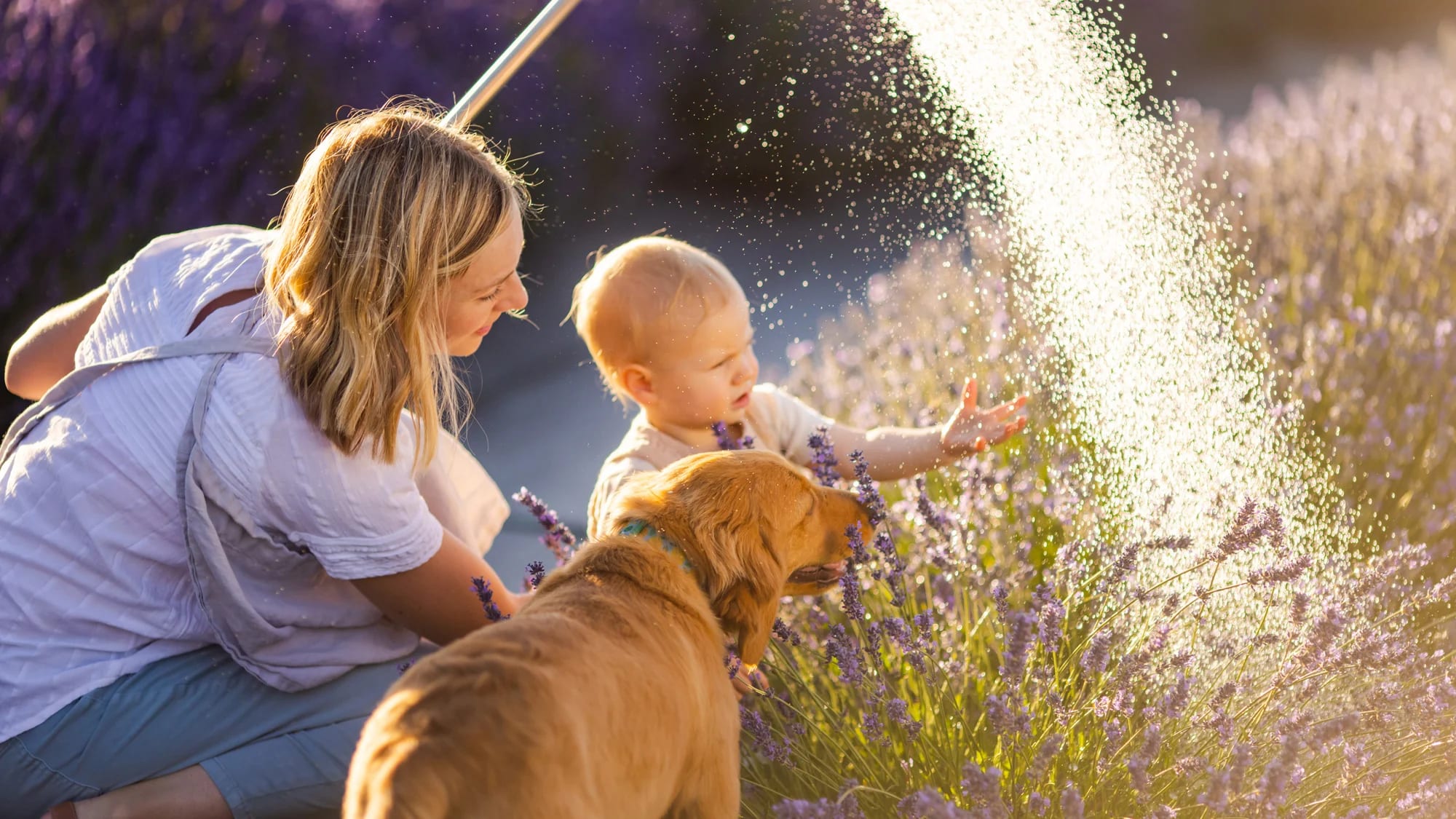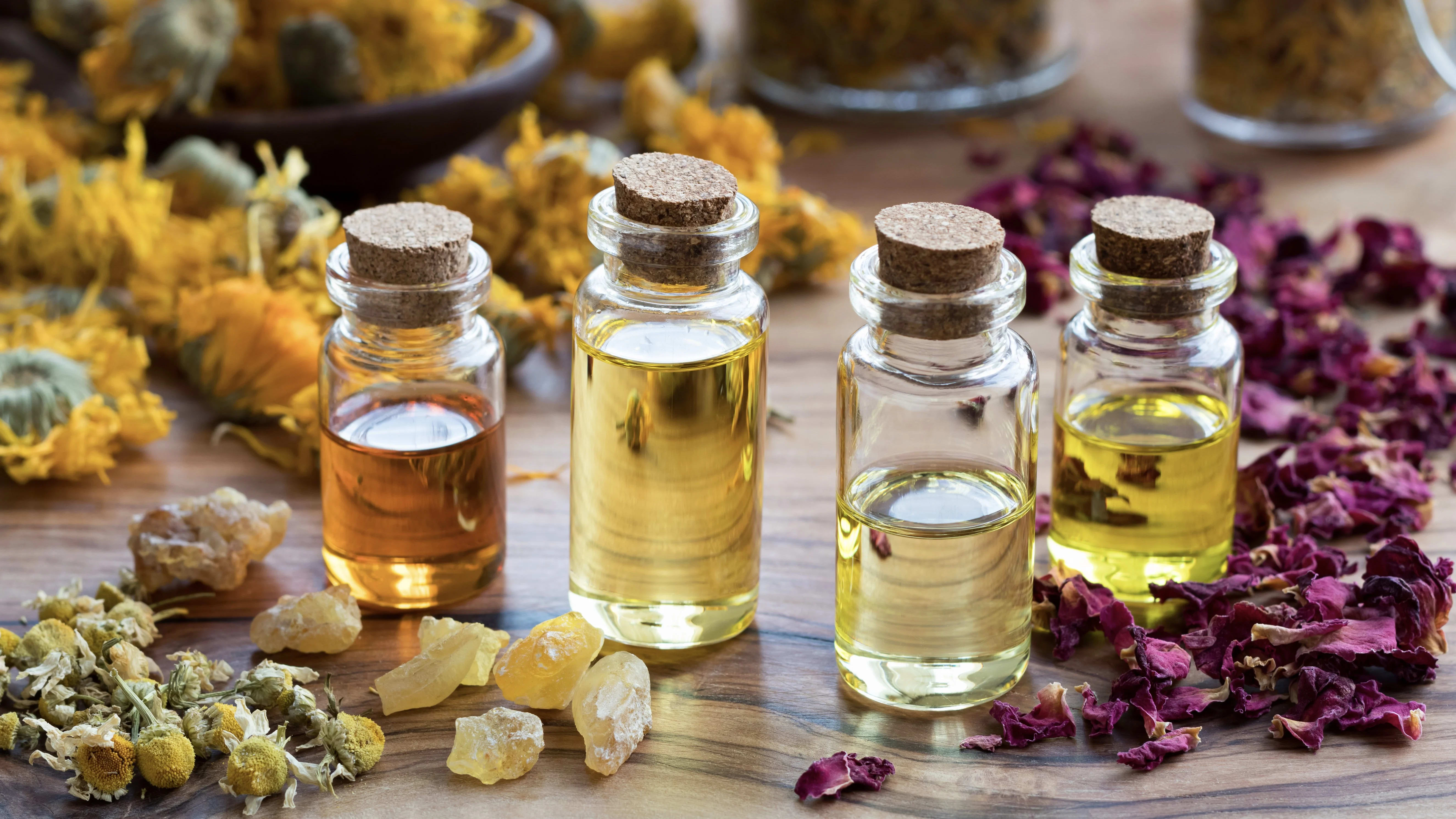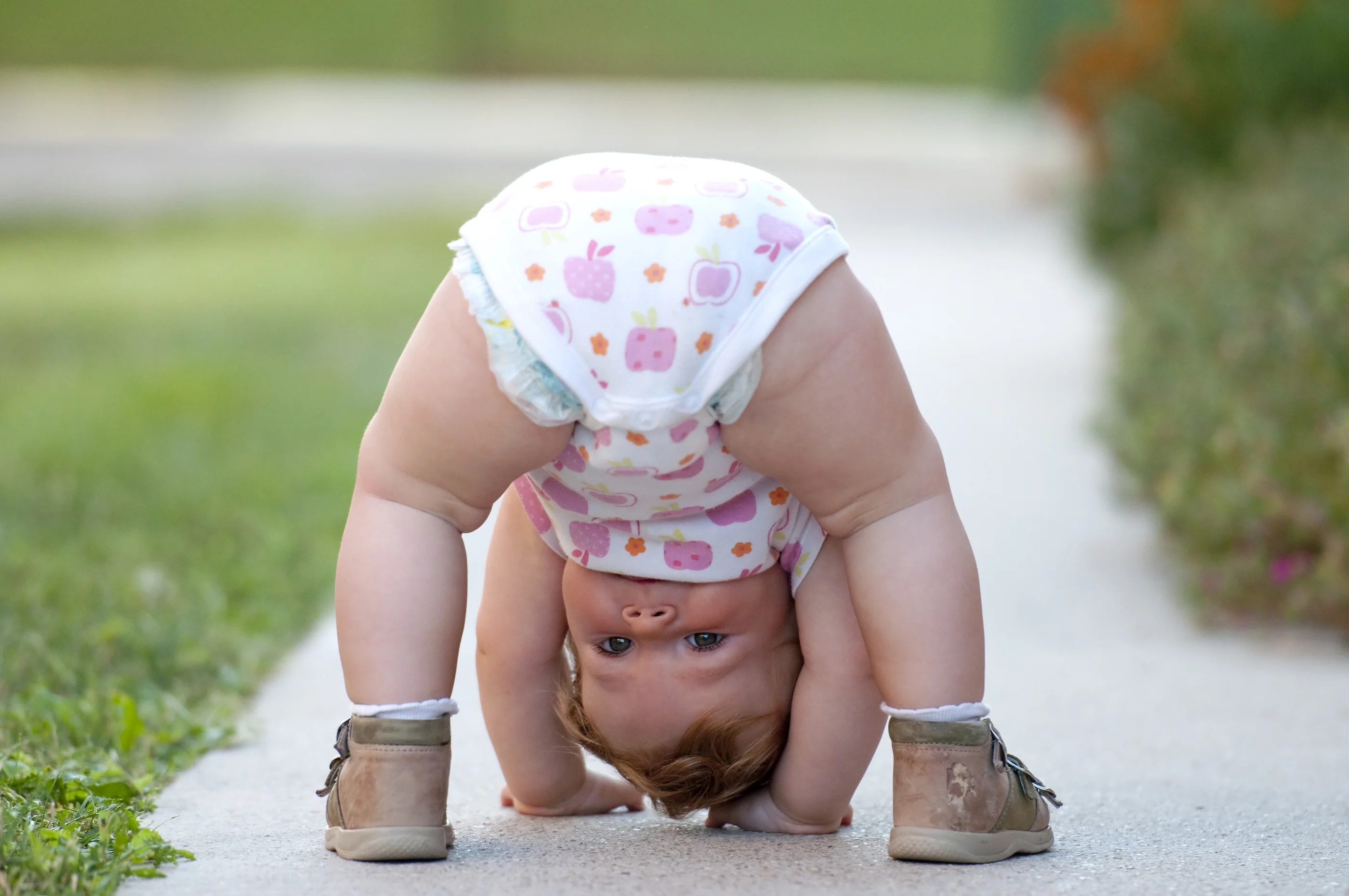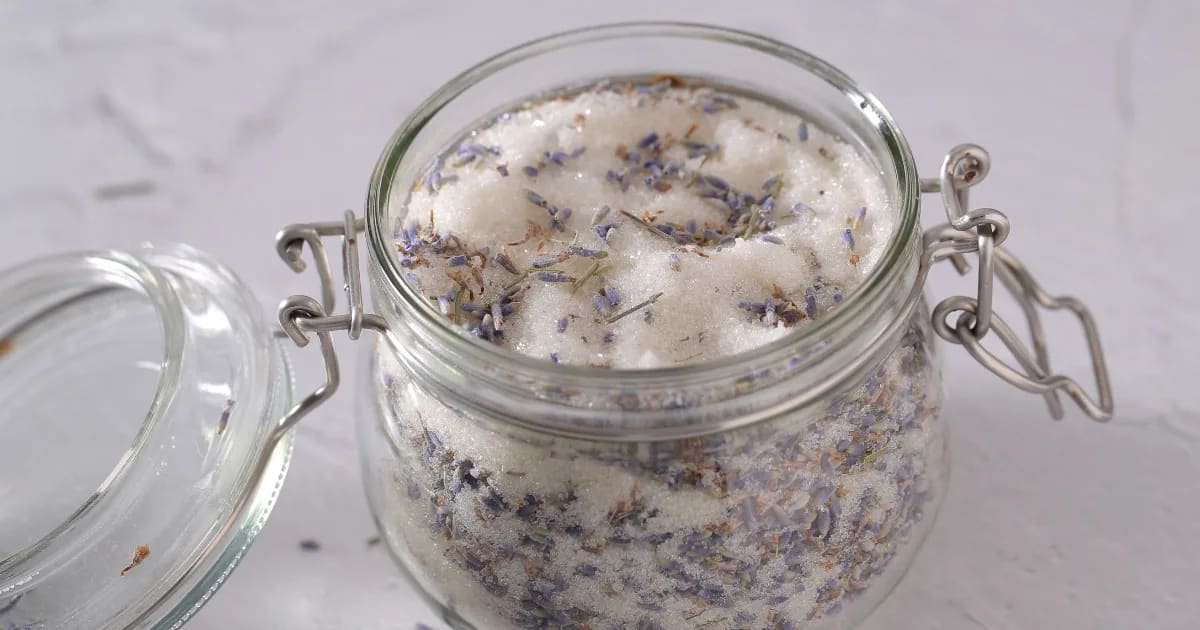The Allure of Vanilla: Why & How to Use It in Your Blends
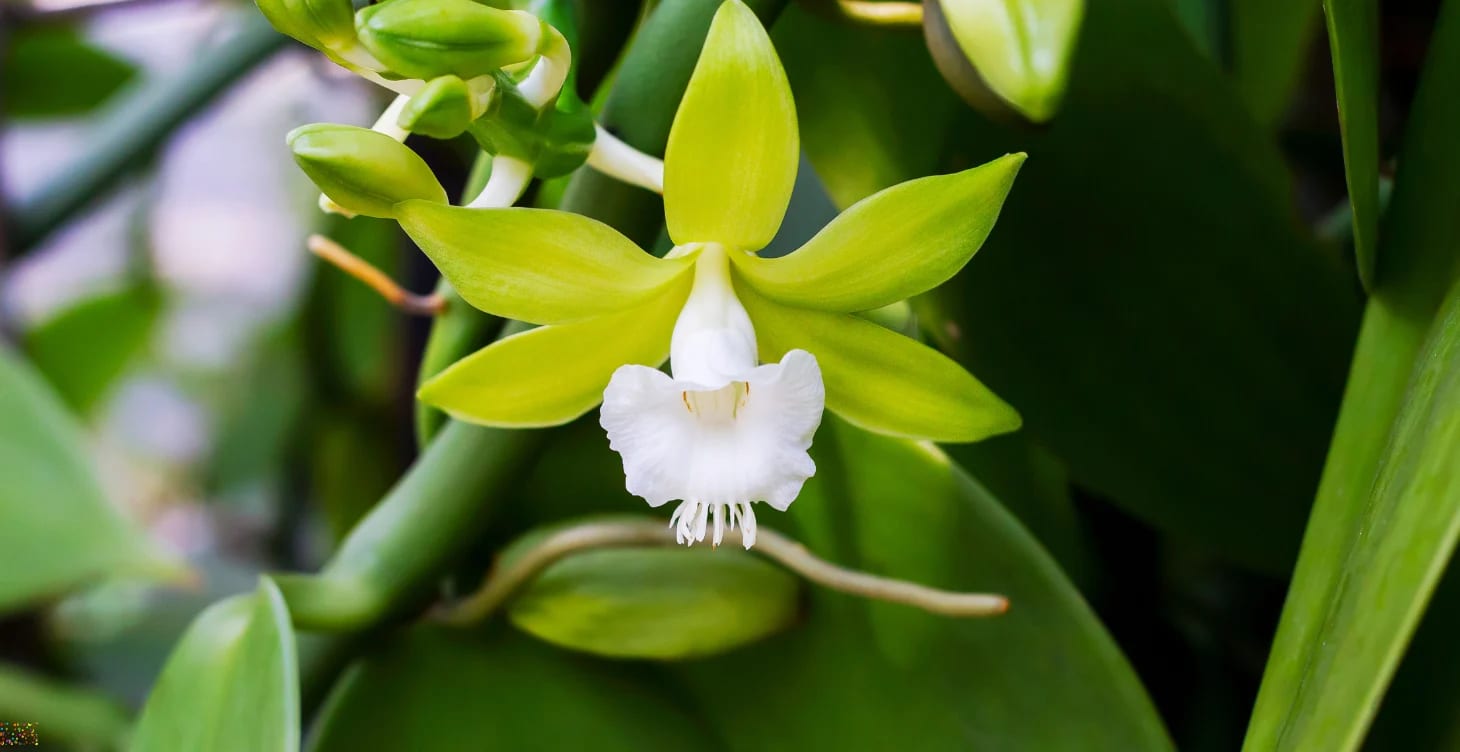
Common, Yet Mysterious: Vanilla
The word “vanilla” has come to be synonymous with everyday decadence. Vanilla is by far the most popular flavor of ice cream, and it’s often included as a base note in luxury perfumes. The scent of vanilla is versatile, easily complements a wide variety of other aromas, and provides depth and nuance to every recipe it shows up in.
But to me, there’s something mysterious about vanilla. Its scent is warm and inviting, yet seems to hide a profound promise of something more just beneath the dance of its decadent base notes.
In this post, we will explore the beauty and benefits of vanilla—from its origins, to its uses in aromatherapy. We’ll cover:
Why vanilla is one of the most expensive spices in the world
Where vanilla was first cultivated (& reserved for ceremonial use)
The therapeutic & emotional benefits of vanilla
3 Vanilla products you can use in aromatherapy blends
Vanilla is more than just a flavor or a scent—it’s an experience, a reminder of something timeless and cherished.
The Precious Vanilla Orchid
The vanilla bean is the fruit of the Vanilla planifolia orchid, a tropical plant native to the rainforests of Mexico.
The plant grows as a vine, climbing up trees or other support structures, reaching lengths of up to 30 feet or more. It produces beautiful, pale-greenish-yellow flowers. While the plant can be in bloom for up to two months, each cluster of flowers only sticks around for one day. If pollinated during this brief window, the flower will develop into a vanilla bean pod.
In the wild, Vanilla planifolia is pollinated by a species of bee native to Mexico. But outside its native habitat, vanilla must be hand-pollinated. It’s a painstaking process that contributes to vanilla’s high cost.
After the beans are harvested, they are carefully cured for several months. The beans are sun-dried, then wrapped in cloth and allowed to sweat, which helps them develop their characteristic dark brown color and rich aroma.
This elaborate process—from hand-pollination to curing—explains why vanilla is one of the most expensive spices in the world, second only to saffron.
Vanilla Through History: From Sacred Ritual to Everyday Bliss
The Totonac people of ancient Mesoamerica were the first to cultivate the delicate vanilla orchid. The Aztecs, captivated by its intoxicating scent, adopted the plant and mixed its rich essence with cacao, creating xocolatl, a bitter chocolate drink reserved for royalty and used in ceremonial rites.
When the Spanish explorers brought vanilla back to Europe, it captivated the continent. Over time, vanilla became synonymous with luxury and indulgence, finding its way into sweet treats and perfumes. It’s now one of the most beloved, recognizable flavors and scents in the world.
Today, vanilla is primarily cultivated in tropical regions around—particularly Madagascar, which produces around 80% of the world’s vanilla. Other important vanilla-growing regions include Mexico, Tahiti, and Indonesia.
The Chemistry: Vanillin
At the heart of vanilla’s allure lies vanillin, the primary compound responsible for its scent and flavor.
This fragrant molecule captures the essence of sweetness and warmth. While vanillin is only one of hundreds of compounds in natural vanilla extract, it is the dominant molecule, making up around 1–2% of the vanilla bean’s content.
Due to the high demand for vanilla and the labor-intensive process of natural vanilla production, most of the vanillin used today is synthesized from lignin (a byproduct of the paper industry) or guaiacol (a chemical derived from petrochemicals). While chemically identical to natural vanillin, synthetic vanillin lacks the complex, multi-layered profile of pure vanilla, which contains many other compounds alongside vanillin.
This is why it’s important to buy vanilla from companies dedicated to purity.
Vanilla’s Therapeutic Benefits
Vanillin is known for antioxidant and anti-inflammatory properties, making vanilla a valuable ingredient in holistic wellness.
Its antioxidant benefits allow it to neutralize free radicals (which speed the breakdown of healthy cells), and protect the skin from daily exposure to irritants—like UV damage and pollution.
Vanillin is even being studied for its neuroprotective benefits. A 2023 study notes…
...vanillin exerts its protective effect mainly through anti-oxidant and anti-inflammatory effects that are strictly interconnected and key mechanisms in neurological disorders. These observations suggest a potential application for vanillin in the treatment and prevention of these neurological disorders…
Vanilla’s warmth is not just a metaphor. It literally soothes. Applied in a massage oil or added to a bath, it relaxes muscles, eases tension, and encourages a restful night’s sleep.
The Emotional Comfort of Vanilla
If vanilla can soothe the body, it is the heart that truly feels its embrace. Vanilla’s scent is known to alleviate anxiety, soothe frazzled nerves, and create a space of peace and tranquility. The aroma gently lifts the spirits, easing feelings of sadness or stress. Its soft, familiar fragrance taps into memory, evoking images of home, warmth, and connection.
In aromatherapy, vanilla is used to calm the mind and create a sense of security. It can transform a room into a sanctuary. It’s an ideal companion for quiet evenings, meditation, or whenever the weight of the world feels too heavy.
Vanilla Products for Aromatherapy: CO2, Oleoresin, and Infusions
As aromatherapists, we have options when it comes to what vanilla products to use. Each has unique benefits, depending on the kind of blend we’re making.
Vanilla CO2 is light, delicate, and agile, tan in color. It offers a pure, complex aroma that’s perfect for natural perfumes or high-end aromatherapy. I love using vanilla CO2, as it blends easily with carrier oils and butters, without the thick consistency of oleoresin (which doesn’t blend into oils and butters). It captures the essence of the bean’s depth in a way that feels both luxurious and grounding.
Vanilla oleoresin offers a more concentrated version of vanilla’s charm. The oleoresin has a thick molasses-like consistency. It dissolves easily into water-based carriers, like hydrosols, but it doesn’t dissolve at all into carrier oils. It does, however, infuse beautifully into them. Which brings me to our next vanilla product…
Vanilla-infused jojoba oil is pure jojoba oil that’s been infused with decadent vanilla oleoresin (or, sometimes, vanilla beans). The scent of jojoba itself is very mild, allowing the richness of the vanilla to shine through beautifully. This aromatic jojoba is perfect for daily use alone or in your blends, butters, and balms. (I love using it in lip balms!)
You can make your own vanilla-infused jojoba oil! Just follow the steps in this post from The Aromahead Blog.
There’s also vanilla absolute, an intensely aromatic extract that’s popular with natural perfumers. It dissolves about 90% into carrier oils—less than the CO2, but more than the oleoresin. This is the most concentrated vanilla product I have worked with.
Takeaway
From ancient civilizations to modern-day kitchens and spas, vanilla has woven its way into our lives with quiet yet undeniable allure. It’s more than an ingredient. It’s an experience that nurtures us on many levels. It speaks to our senses with its rich aroma, comforts us with its therapeutic properties, and invites us to find sweetness in the everyday.
Many users of essential oils—or those curious but unsure where to start—often ask, How can I learn more? If that resonates with you, this course is a wonderful next step!
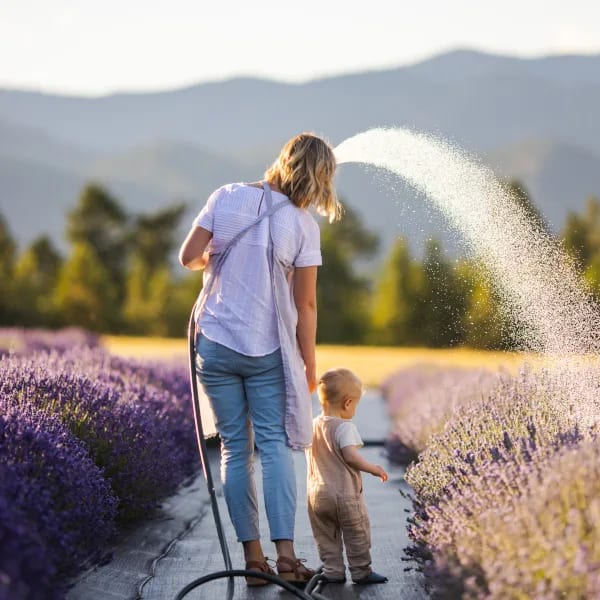
Aromatherapy For Natural Living
If you're ready to take the next step in healthy, natural living with essential oils, this course is your guide! Discover how to enhance your health and wellbeing, create a clean, green home, and gain hands-on experience with 18 popular essential oils. From natural remedies for everyday ailments to crafting beautiful home and body care products, this journey into aromatherapy is all about living well—naturally.
References
Arzi, A., Sela, L., Green, A., Givaty, G., Dagan, Y., & Sobel, N. (2010). The influence of odorants on respiratory patterns in sleep. Chemical senses, 35(1), 31-40.
Bhagwat, V., Chowta, M. N., Shoeb, A., Maskeri, R., Venkatesh, V., & Rai, A. (2013). Evaluation of anxiolytic activity of vanillin in wistar albino rats. International Journal of Nutrition, Pharmacology, Neurological Diseases, 3(2), 96.
Iannuzzi, C., Liccardo, M., & Sirangelo, I. (2023). Overview of the Role of Vanillin in Neurodegenerative Diseases and Neuropathophysiological Conditions. International journal of molecular sciences, 24(3), 1817. https://doi.org/10.3390/ijms24031817


